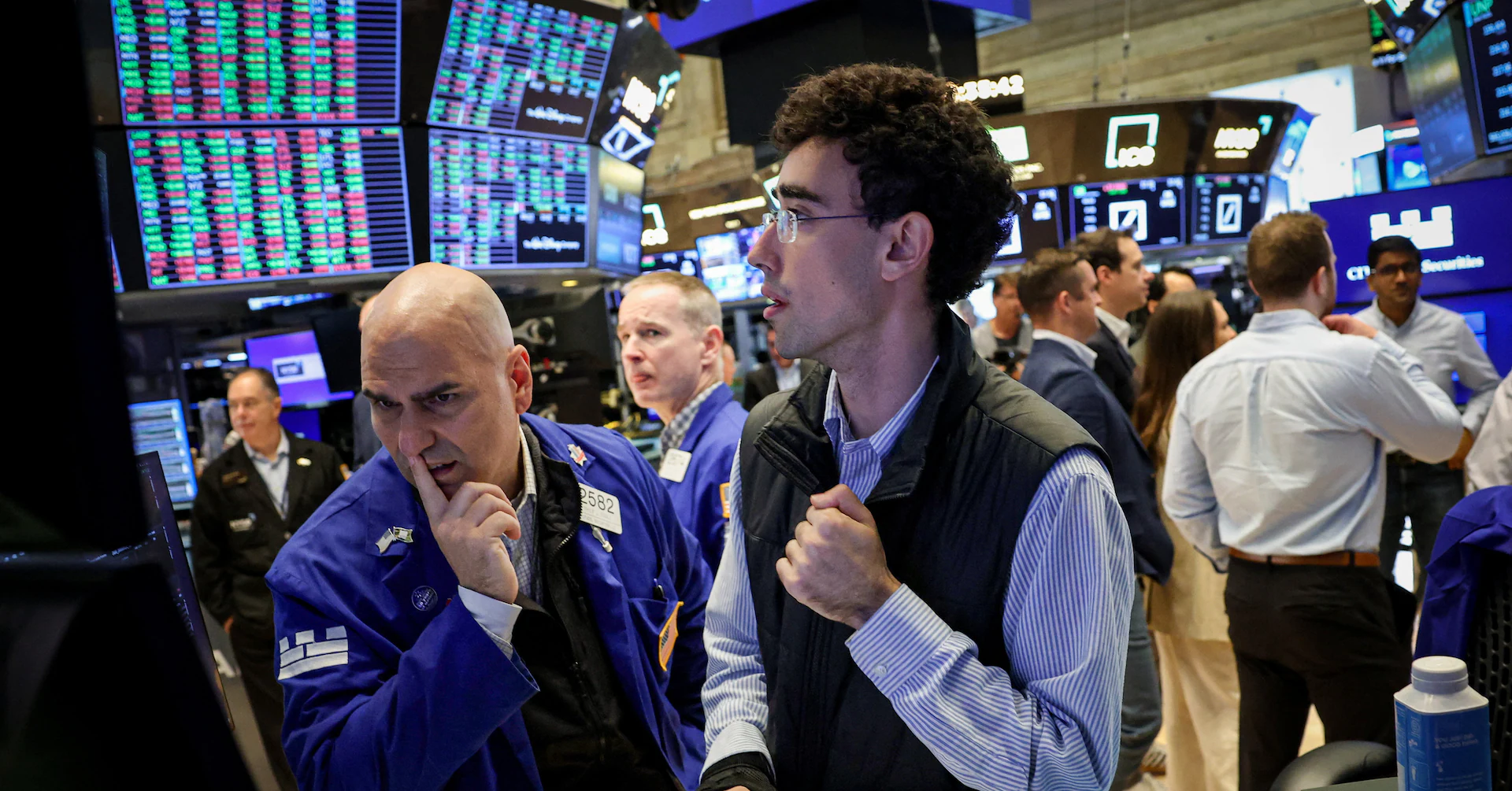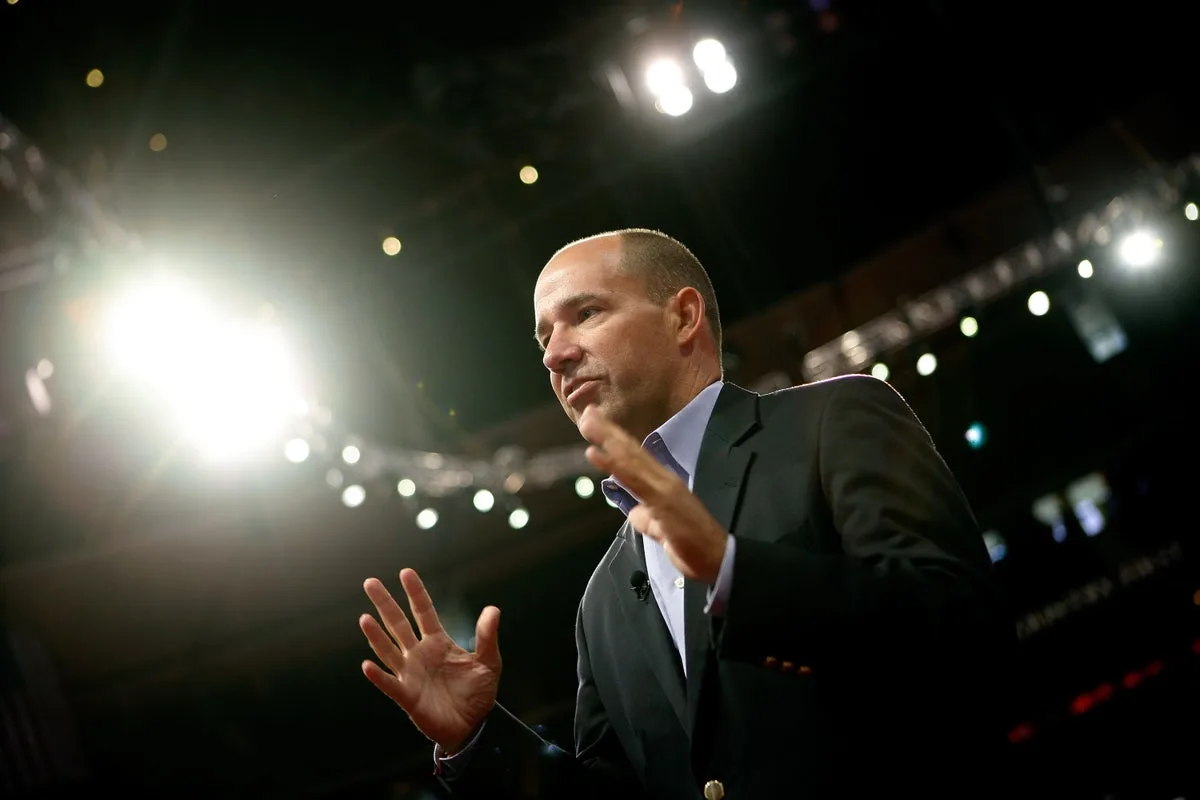
Sept 18 (Reuters) – U.S. stock index futures gained on Thursday, with those tied to the S&P 500 and the Nasdaq at record highs a day after the U.S. central bank delivered a quarter-point interest rate cut, its first this year.
After the highly expected cut, Federal Reserve Chair Jerome Powell said that the softening jobs market was a priority for the central bank, indicating more reductions could follow at its October and December meetings.
Sign up here.
Investors are pricing in 44.6 basis points in cuts by end-2025, implying nearly two quarter-point cuts, data compiled by LSEG showed.
Powell, however, tempered aggressive easing expectations of market participants, saying the cut was a risk-management move and the central bank did not need to move quickly on rates, leading the S&P 500 and the Nasdaq to close lower on Wednesday.
Futures tied to the small-cap Russell 2000 index gained 1.5%, as these companies are likely to perform better in a low interest-rate environment.
“Powell referred to this as a ‘risk management’ cut, emphasizing this move as a form of insurance against growing signs of labor market weakness,” said Jean Boivin, head of the BlackRock Investment Institute.
“Any future policy easing would be conditional on data supporting that a soft labor market is real and persistent.”
At 5:30 a.m. ET, Dow E-minis were up 321 points, or 0.69%, S&P 500 E-minis were up 57.25 points, or 0.86% and Nasdaq 100 E-minis were up 255.25 points, or 1.05%.
Concerns around the independence of the Fed also seemed to fade as attempts by President Donald Trump’s administration to fire Governor Lisa Cook were unsuccessful and Governor Stephen Miran, sworn in on Tuesday, was the only dissenter of the move, calling for a bigger 50 bps cut.
The Fed decision is expected to add to Wall Street’s recent rally, where the S&P 500 and the Nasdaq hit intraday record highs in multiple sessions, boosted by monetary policy easing hopes and a revival of AI-linked stock.
The three indexes have gained so far in September – a month deemed bad for U.S. equities historically – where the S&P 500 has shed 1.4% on average since 2000, data compiled by LSEG showed.
A weekly reading of jobless claims is due before markets open.
Reporting by Purvi Agarwal and Sruthi Shankar in Bengaluru; Editing by Maju Samuel



